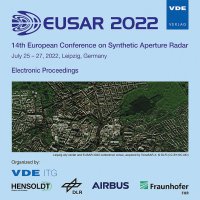The Glacier Zone Index applied on the Manson Icefield
Conference: EUSAR 2022 - 14th European Conference on Synthetic Aperture Radar
07/25/2022 - 07/27/2022 at Leipzig, Germany
Proceedings: EUSAR 2022
Pages: 5Language: englishTyp: PDF
Authors:
Wendleder, Anna (Earth Observation Center (EOC), German Aerospace Center (DLR), Germany)
Mix, Vanessa (Geoinformatics Department, Munich University of Applied Sciences (MUAS), Germany)
Schmitt, Andreas (Geoinformatics Department, Munich University of Applied Sciences (MUAS), Germany & Institute for Applications of Machine Learning and Intelligent Systems (IAMLIS), Germany)
Abstract:
Polar ice masses play a crucial role in regulating regional and global climates and are sensitive indicators of climate change. However, due to their large area and their remoteness, the changes of the Canadian glaciers have been insufficiently observed. Remote sensing data could bridge this gap. This study uses a dense time series of TerraSAR-X and Sentinel-2 data to monitor the glacier zones of Manson Icefield, Canada, from 2017 to 2020. Therefore, the Glacier Zone Index is used which combines both optical and SAR data in order to enhance the reflectance of both sensors.


